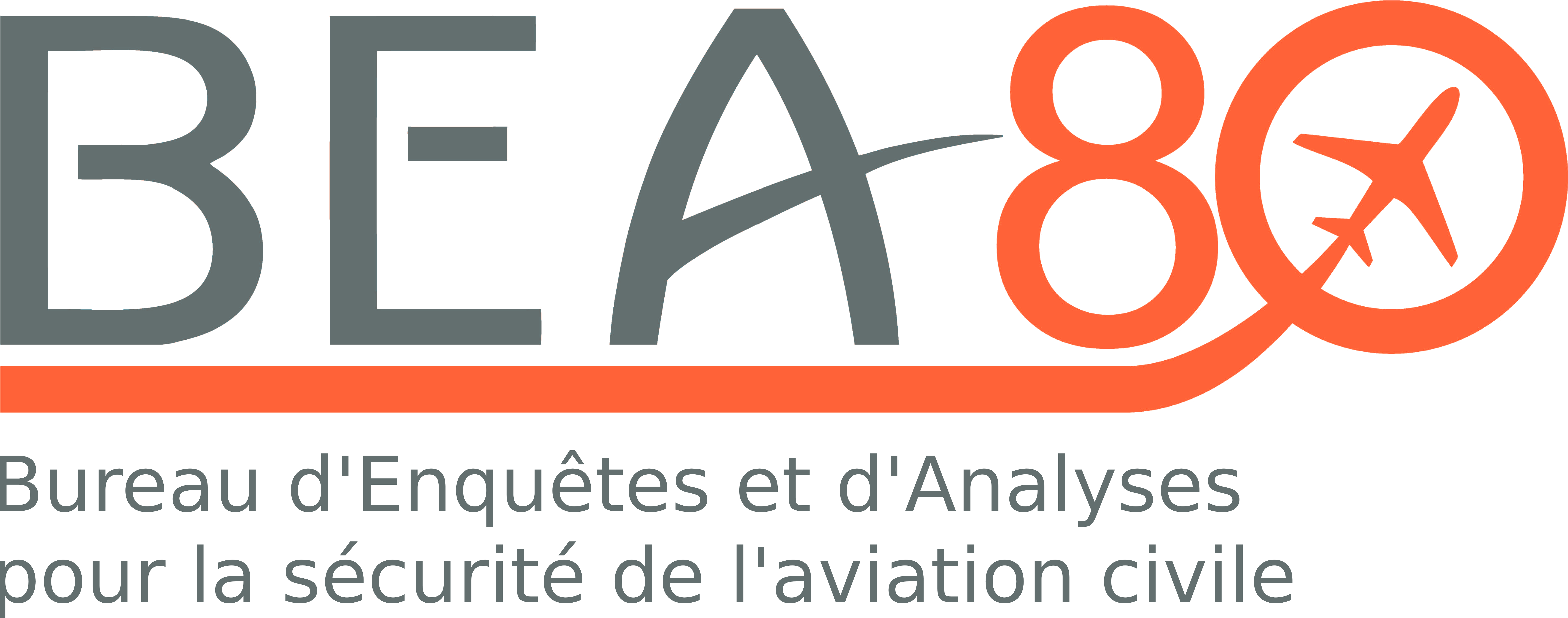Accident to the Schleicher ASK21 registered F-CVIE on 15/08/2023 at Arcachon
Aborted winch take-off, hard landing, in solo instruction
This is a courtesy translation by the BEA of the Final Report on the Safety Investigation. As accurate as the translation may be, the original text in French is the work of reference.
Note: the following information is principally based on statements made by the pilot and flying club managers. This information has not been independently validated by the BEA.
1. History of the flight
The pilot was carrying out supervised solo flights using the winch on runway 07 at Arcachon-La Teste de Buch aerodrome. During the previous flight, the winch had malfunctioned and stopped when the glider was at a height of around 100 m: the pilot landed straight ahead on the runway.
During a new winch take-off, shortly before reaching a height of 200 m, the pilot felt the cable stop pulling. She explained that she heard the automatic disconnection of the cable, but nevertheless activated the cable release control for safety. She moved the stick forward to gain sufficient speed.
The altimeter displayed 190 m at this point: the pilot felt that she was too high to land straight ahead and that she did not have enough height to fly a low-height circuit. Preparing to return to the reciprocal QFU, she offset the flight path to the north of the runway to make a shallow turn.
The instructor intervened on the radio to ask her to turn in order to fly a low-height circuit. She then noticed that her speed was down to 80 km/h: she pushed the stick further forward and decided not to turn, fearing that she would stall because her speed was too low.
Observing that the pilot was not turning and was continuing in a straight line, the instructor asked her to extend the speedbrakes. The pilot extended the speedbrakes and prepared to land straight ahead, keeping the stick pushed forward: the sink rate was over 10 m/s and the speed was 140 km/h.
As she approached the ground, the pilot flared and the glider touched down about 80 m before the end of the runway, and then bounced twice. The left wing struck the ground and the glider performed a ground loop through more than 100° before coming to a halt near the winch. The tail of the glider was broken.

Source: pilot
The pilot added that the winch regularly malfunctioned. The management of the flying club confirmed the frequent malfunctions of the winch and specified that its use was stopped following the accident in order to identify the cause of these malfunctions. In addition, a reminder was sent to all the pilots at the flying club about reflex actions and the need to prepare for a failure on take-off, whatever the launch mode.
2. Additional information
2.1. Pilot information
The 17-year-old pilot did not hold any pilot licence. She was following a glider pilot training course. She had logged nearly 35 flight hours including 19 hours on type and was carrying out her twelfth supervised solo flight, all on type.
2.2. Meteorological information
The pilot indicated that at the time of the accident, there was a wind from 340° of 8 kt, constituting a crosswind for runway 07.
2.3. Aborting a winch take-off
The Manuel de lancement des planeurs au treuil (dated March 2016) published by the French national gliding centre (CNVV) specifies the recommended actions in the event of aborting a winch take-off. It recommends that pilots release the cable by making a nose-down input in order to seek the optimum approach speed (VOA). In the event of aborting a take-off at a height of less than
100 m, it recommends landing straight ahead. At heights above 200 m, it recommends initiating a suitable runway circuit. The intermediate height between 100 m and 200 m is considered critical: the pilot must assess his height and choose between landing straight ahead and carrying out a suitable runway circuit.
